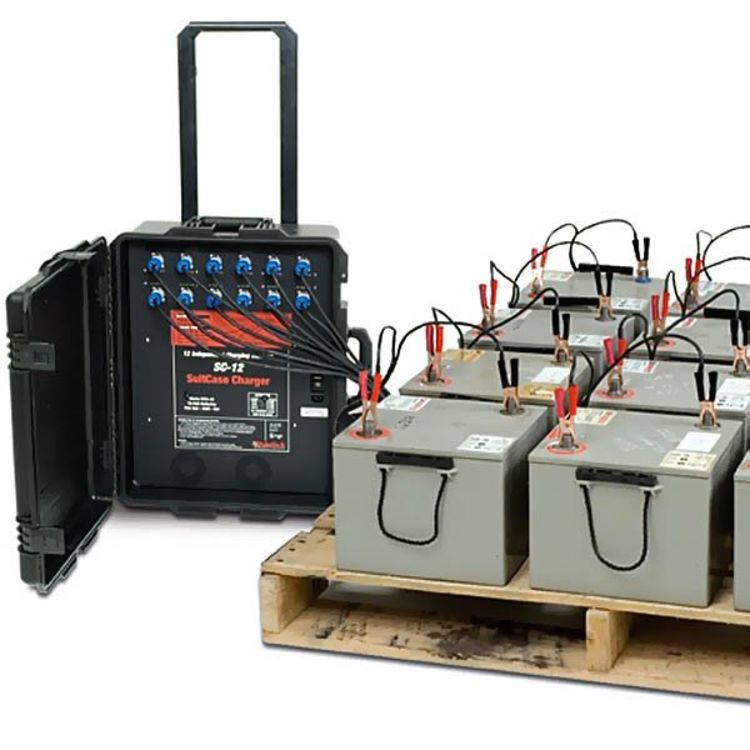

Range anxiety: The primary fear of a vehicle owner is that they might run out of charge before reaching the destination, also referred to as ‘range anxiety’.

This makes swapping stations more effective and less capital-intensive. On the other hand, charging batteries and swapping the discharged batteries requires lesser space as discharged batteries can be stacked up together and charged. Space: The plug-in chargers used at charging stations are slow and capable of charging only one vehicle at a time. The government has been providing various incentives to both manufacturers and consumers to make EVs affordable. Battery swapping is a quick alternative as replacement of discharged batteries with pre-charged batteries only takes a few minutes.Ĭost: Battery swapping eliminates the upfront cost incurred while purchasing an EV, by providing battery on a subscription basis. Time: Reports suggest that it takes a minimum of an hour or two to charge an EV. Some of the key features of the Policy are: (i) batteries will be equipped with advanced features like Internet of things-based monitoring system (ii) a unique identification number will be assigned to batteries and battery swapping stations (iii) existing incentives for purchasing EVs will be extended to batteries covered under this Policy (iv) providing technical guidelines, standards and principles required to establish a battery as a service model (“BaaS ”) (v) concerned ministries and state governments to provide electricity to swapping stations at concessional rates and (vi) land required to set up swapping stations to be provided by both government and public entities on a revenue sharing basis.īased on the above-mentioned key objectives of the battery swapping ecosystem, here are the pros and cons of swapping vs. The Policy is valid from the date of its public notification till March 31, 2025, post which the Ministry of Power may review, revise, and extend its validity. The swapping stations have been planned to be set-up in urban areas in two phases spread across a period of three years. The Policy focuses on two-wheelers, three-wheelers, light electric power train vehicles and E-Rickshaw/E-Cart and is intended to promote swapping of batteries with advanced chemistry cells. Reportedly, batteries consist of 40-50 per cent of the EV cost and a switch to an EV without a battery would eliminate this cost substantially, thereby making battery swapping a viable solution.Īfter the government introduced the draft battery swapping policy in the 2022-23 Budget, the NITI Aayog published the policy on April 20. In order to enhance the demand, manufacturers of EVs and its components have been trying to make EVs affordable, easy to charge and economically viable. With the aim to achieve net zero emissions by 2070 and a 100 per cent shift from internal combustion engine vehicles to electric vehicles (EVs) by 2030, the government has taken various steps to promote mass electrification of transportation. 271.The Indian government, like most countries, has been proactively campaigning its goals to combat climate change. Protects against reverse polarity connection and terminates output when disconnected from the batteryįor complete product selection contact us for information on industrial commercial units and special testers/analyzers.Voltage regulated & microprocessor controlled.Charges battery to optimum level by constantly monitoring the battery and adjusting the charging current.all 12-volt lead-acid batteries with a capacity of 100-250 amp hours (20 hour rate) & 2.35-2.50 volts per cell maximum voltage.It actually reenergizes and removes energy dampening lead sulfates from the battery plates while it charges your battery.īy “cleaning” the plates, the Pulse Charger helps recover dead batteries by enabling them to accept a charge once again. But now the Pulse Charger solves this ago old problem.

In the past, even the most sophisticated chargers had little or no success charging sulfated batteries. The Pulse Charger also uses our new patented ReNew-IT Pulse Technology® to eliminate the main cause of battery failure: sulfation buildup. Works off either 110- or 220-volt ac power so it can be used virtually anywhere in the world.


 0 kommentar(er)
0 kommentar(er)
